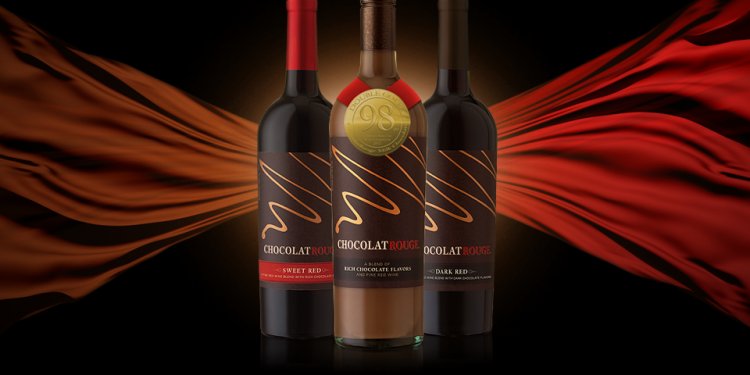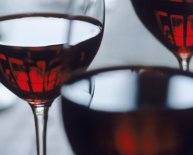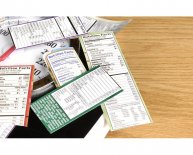
Calorie counting Wine
A typical 25-ounce (750 ml) bottle of dining table wine holds about 5 "standard" beverages, each containing about 5 ounces. This meal of wine includes about the same level of liquor as a 12-ounce regular alcohol or 1.5 ounces of 80-proof spirits.
Get to know what 5 ounces seems like by calculating it out yourself. By doing this it is possible to estimate what amount of standard drinks you're becoming supported in a restaurant or bar that uses large glasses and good serving sizes.
Mixing liquor with certain medicines causes sickness, problems, drowsiness, fainting, a loss of coordination, inner bleeding, heart disease, and difficulties in breathing. Alcoholic beverages may make a medication less effective. To learn more, see Harmful communications: Mixing Alcohol with drugs.
Examples of diseases that it really is safest to avoid ingesting include liver illness (including from hepatitis C), manic depression, unusual heart rhythm, and chronic discomfort.
On the list of hazards of underage consuming:
- Each year, approximately 5, 000 people under age 21 pass away from alcohol-related injuries.
- Younger people are if they start to take in, the more likely they truly are in order to become alcohol sooner or later inside their resides.
- Underage consuming is illegal—an arrest may cause dropping a job, a driver's license, or a college grant.
Even moderate quantities of alcoholic beverages can notably impair operating overall performance as well as your capability to operate other machinery, whether you feel the consequences of alcoholic beverages.
Heavy drinking during maternity can cause brain harm and other serious issues within the child. Since it is not however understood whether any level of liquor is safe for a developing infant, women who are pregnant or may become expecting shouldn't drink.
Highest threat
About 50per cent of individuals who drink within group have actually an alcohol usage disorder.
Increased risk
This "increased risk" category contains three different drinking structure groups. Overall, nearly 20per cent of people that drink within category have an alcohol usage condition.
Low-risk drinking
No more than 2per cent of drinkers inside group features an alcoholic beverages usage condition.
A U.S. "standard" drink contains about 0.6 liquid ounces or 14 grams of "pure" liquor. This is the quantity in 12 ounces of regular beer, 5 ounces of table wine, or 1.5 ounces of 80-proof distilled spirits.

Distilled spirits include vodka, whiskey, gin, rum, and tequila.
Light to modest consuming
- Men: as much as 2 beverages per day
- Women: as much as 1 beverage each day
Hefty or at-risk ingesting
- Men: More than 4 beverages on any day or maybe more than 14 drinks weekly
- Ladies: significantly more than 3 drinks on any time or more than 7 beverages per week
Men: only 4 drinks on any time with no more than 14 each week
Women: No more than 3 products on any day with no above 7 each week
People with a moms and dad, grandparent, or other close relative with alcoholism have a higher risk for becoming determined by liquor. For most, it might be hard to keep low-risk drinking practices. To learn more, see A Family reputation for Alcoholism: will you be vulnerable?
Rate yourself: It's best to have no multiple standard drink per hour, with nonalcoholic "drink spacers" between liquor drinks. On any time, stay within low-risk amounts of only 4 beverages for men or 3 for females. Remember that it takes about 2 hours the person human body to completely break up one beverage. Never drive after drinking.
For contrast, regular alcohol is 5% alcoholic beverages by amount (alc/vol), table wine is approximately 12percent alc/vol, and straight 80-proof distilled spirits is 40% alc/vol.
The % alcoholic beverages by amount (alc/vol) for distilled spirits is listed on bottle labels and may even be located online as well. It is half the "proof, " in a way that 80-proof spirits is 40per cent alc/vol.

















